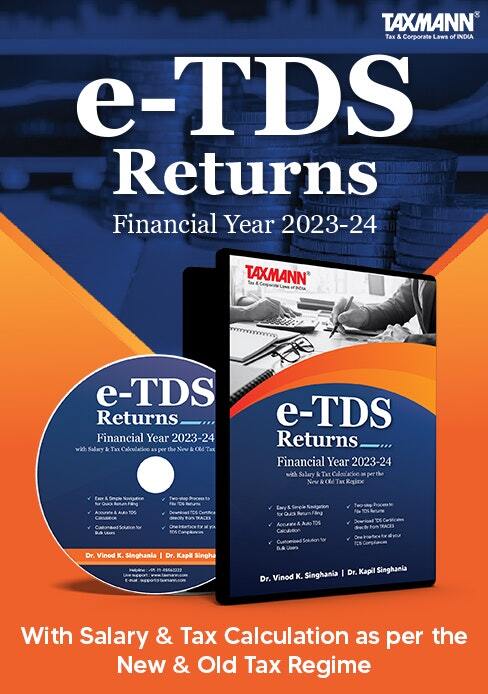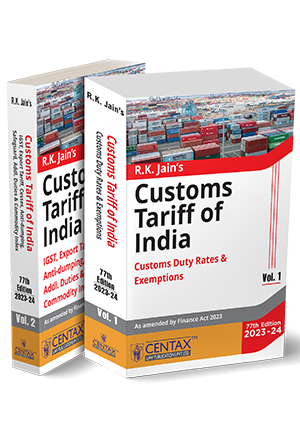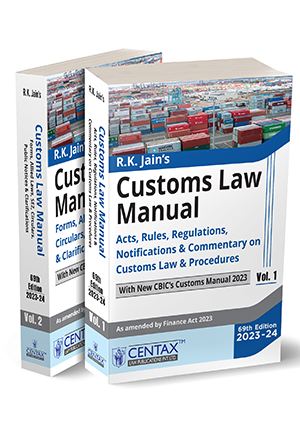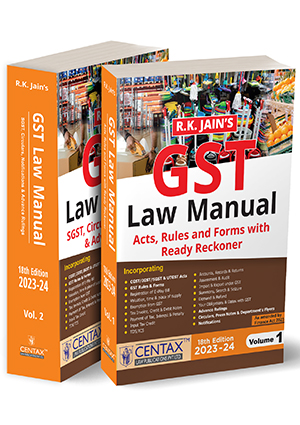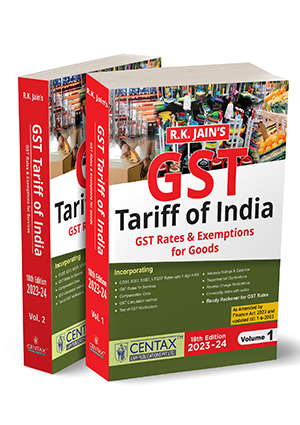Whether an Intangible Asset can be created on Account of Pre Operational Expenditure?
- Blog|Account & Audit|
- 3 Min Read
- By Taxmann
- |
- Last Updated on 1 September, 2022
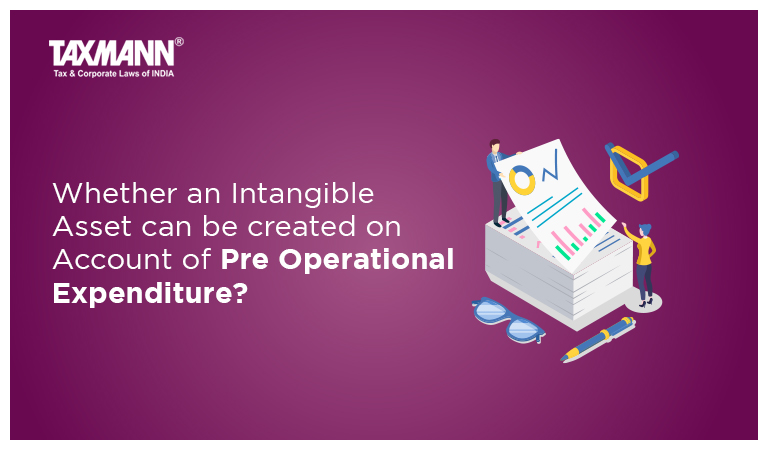
Table of Contents
1. Query
2. Relevant Provisions of AS 26, Intangible Assets
3. Expert Advisory Committee (EAC) Opinion
4. Conclusion
1. Query
XYZ Limited is engaged in providing engineering services and all equipment, tools and machinery etc. In order to meet the growing demand for maintenance, repair, and overhaul facility in India at a national level, XYZ limited decided to introduce another segment in the business. To carry out the desired work, the existing personnel of the engineering services shall be deployed. To make the segment operational, XYZ Limited has to obtain approval in the form of a license from the regulator. Such approval is provided by the regulator only after inspection of facilities and satisfaction that XYZ Limited has all the requisite capabilities in place.
XYZ Limited submitted the application for approval on 01.01.2020 but approval from the regulator was granted on 30.09.2020, after inspection of all the requisite facilities, personnel, equipment & tools, and records.
On receipt of the regulator’s license, XYZ Limited commenced its business activities w.e.f 01.10.2020.
During the period up to 01.10.2020 i.e. before the commencement of the business in a new segment, XYZ Limited incurred an expense of Rs. 150.00 crores related to salary, rent, maintenance, etc. All the expenses incurred for obtaining such a License were considered to be directly attributable to obtaining the License and accordingly, XYZ limited treated Rs. 150.00 Crores as intangible asset.
XYZ Limited also tested the asset for impairment and formed an opinion that the same shall not be amortized, in view of the fact that due to capability enhancement by the Company and other factors, there is no diminution in the value of assets so created.
Whether the decision taken by XYZ Limited to include salary expenses for the creation of intangible assets, be considered correct in view of the relevant provisions of accounting standards?
2. Relevant Provisions of AS 26, Intangible Assets
An intangible asset should be recognised if, and only if:
(a) it is probable that the future economic benefits that are attributable to the asset will flow to the enterprise; and
(b) the cost of an asset can be measured reliably
Para 25 of AS 26 states that, the cost of an intangible asset comprises its purchase price, including any import duties and other taxes (other than those subsequently recoverable by the enterprise from the taxing authorities), and any directly attributable expenditure on making the asset ready for its intended use. Directly attributable expenditure includes, for example, professional fees for legal services. Any trade discounts and rebates are deducted in arriving at the cost.
Read More About Accounting Standards (AS)
3. Expert Advisory Committee (EAC) Opinion
The Committee noted that the cost incurred on account of salaries of personnel from 01.01.2020 to 30.09 2020 is the cost of holding till the time the License is acquired rather than the cost incurred to acquire the License during this period.
The cost is neither incurred to acquire or generate the license nor is directly attributable or allocable to the acquisition/generation of the license. Further, such cost is required to be incurred for the whole of the business and is in the nature of period costs, which would have been incurred irrespective of whether the Company will get the license or not and would also be continued to be incurred even after the license is obtained. Thus, the cost of salary cannot be considered as directly attributable expenditure for acquiring the intangible asset or making the asset ready for its intended use, hence, cannot be capitalised as part of the intangible asset.
4. Conclusion
On the basis of relevant provisions of respective AS and the opinion provided by the EAC, it can be concluded that capitalisation of salary expense to the cost of license is inappropriate as it is not a directly attributable expenditure for acquiring the intangible asset or making the asset ready for its intended use. Accordingly, the question of any impairment or amortisation on such intangible asset created on account of salary costs does not arise.
References
– EAC opinion Query 4, Volume 40- Part II
– Opinion finalized on 04.08.2020 and 05.08.2020
– AS 26
Also Read:
Taxing MNCs on Intangible Assets: The Achilles Heel of Taxation Regime in India
Disclaimer: The content/information published on the website is only for general information of the user and shall not be construed as legal advice. While the Taxmann has exercised reasonable efforts to ensure the veracity of information/content published, Taxmann shall be under no liability in any manner whatsoever for incorrect information, if any.
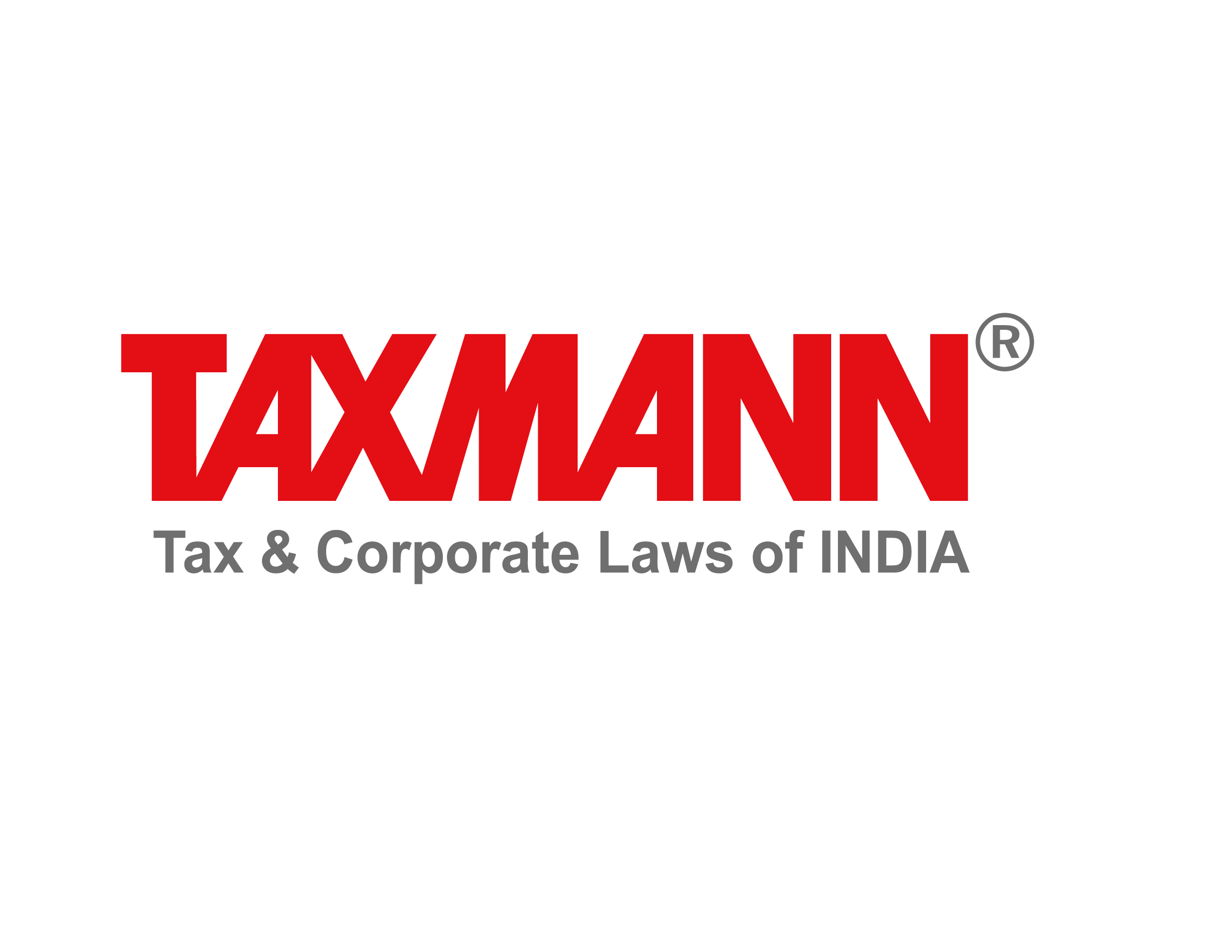
Taxmann Publications has a dedicated in-house Research & Editorial Team. This team consists of a team of Chartered Accountants, Company Secretaries, and Lawyers. This team works under the guidance and supervision of editor-in-chief Mr Rakesh Bhargava.
The Research and Editorial Team is responsible for developing reliable and accurate content for the readers. The team follows the six-sigma approach to achieve the benchmark of zero error in its publications and research platforms. The team ensures that the following publication guidelines are thoroughly followed while developing the content:
- The statutory material is obtained only from the authorized and reliable sources
- All the latest developments in the judicial and legislative fields are covered
- Prepare the analytical write-ups on current, controversial, and important issues to help the readers to understand the concept and its implications
- Every content published by Taxmann is complete, accurate and lucid
- All evidence-based statements are supported with proper reference to Section, Circular No., Notification No. or citations
- The golden rules of grammar, style and consistency are thoroughly followed
- Font and size that’s easy to read and remain consistent across all imprint and digital publications are applied
